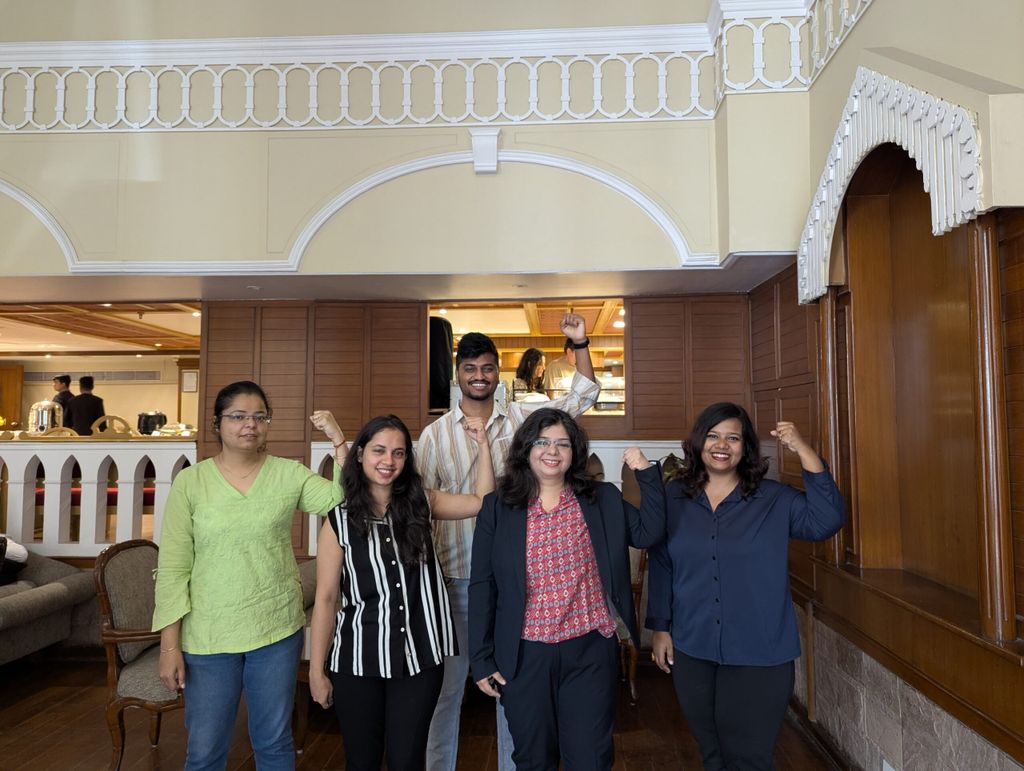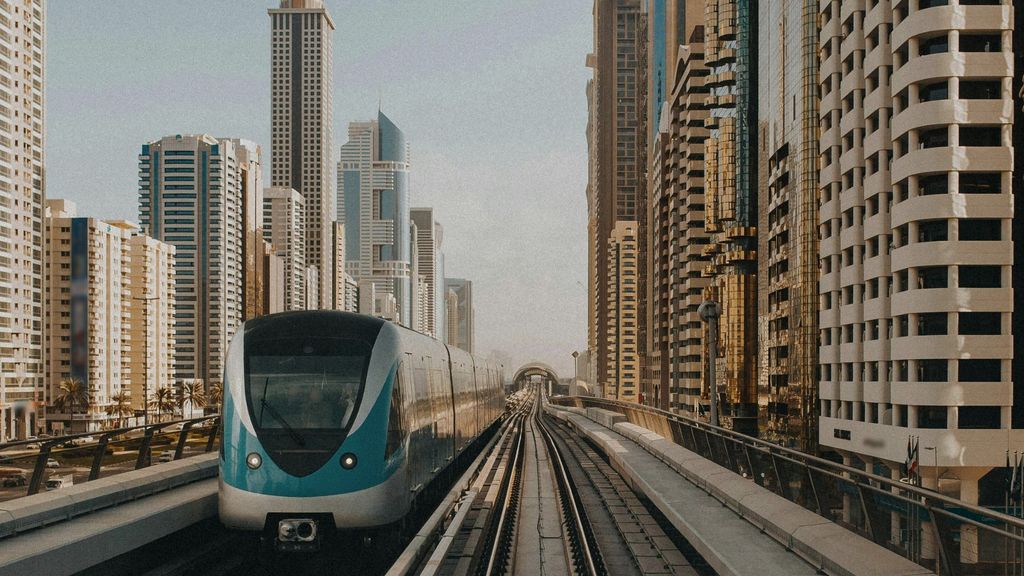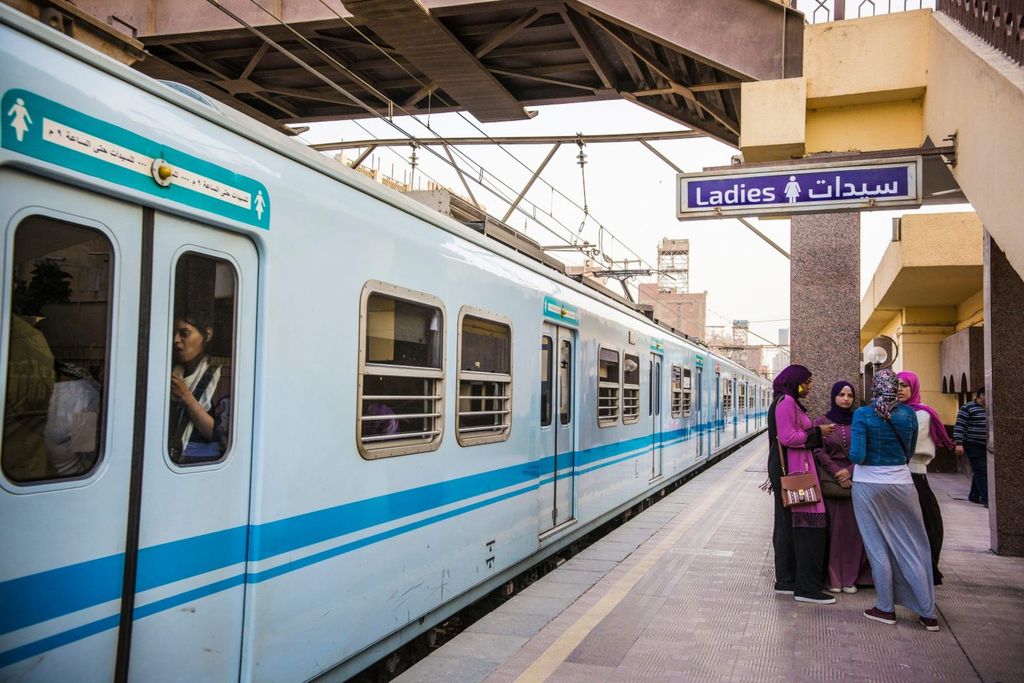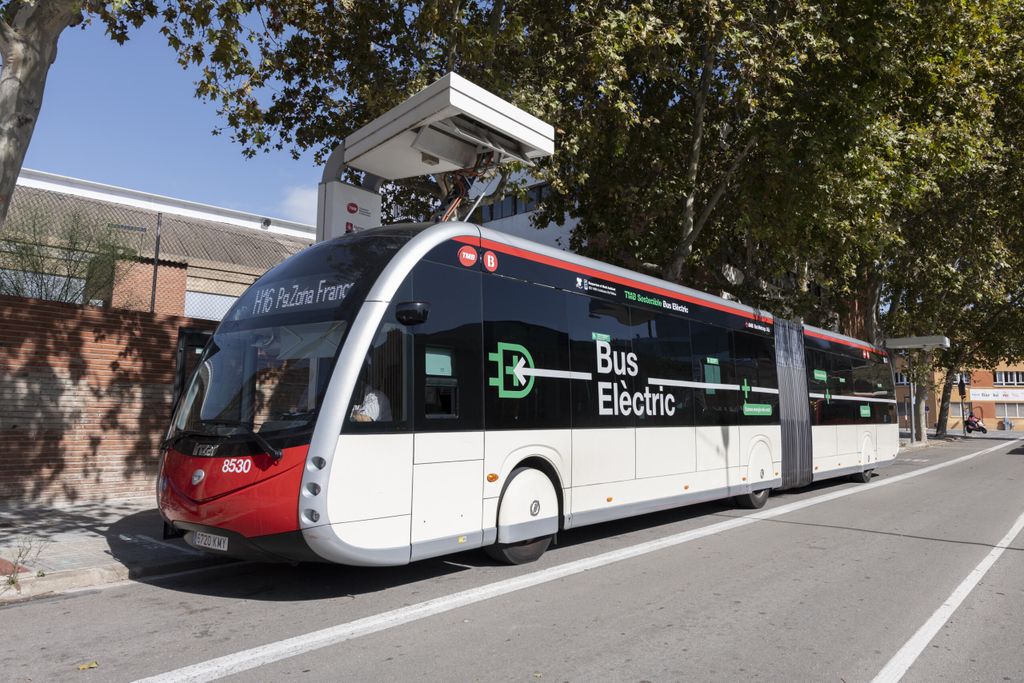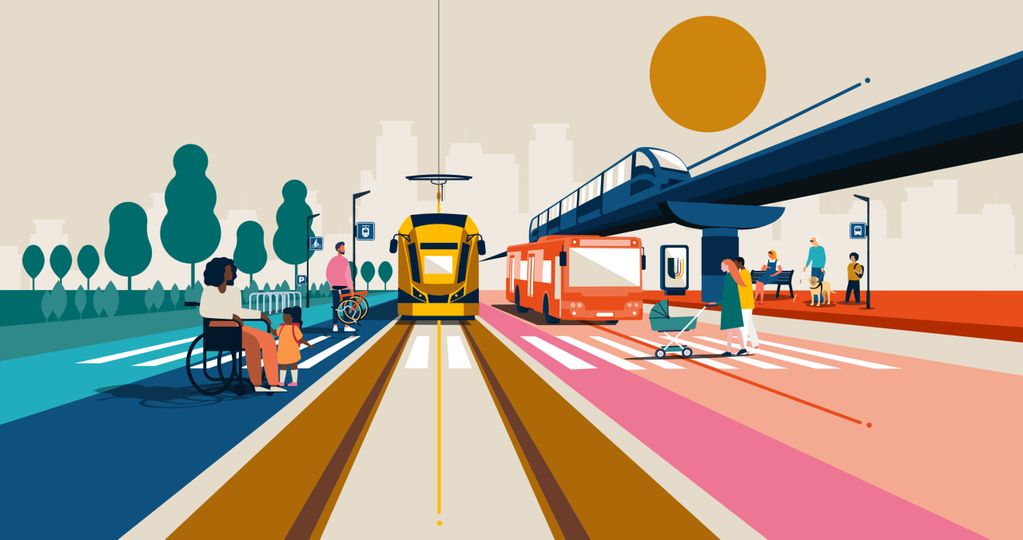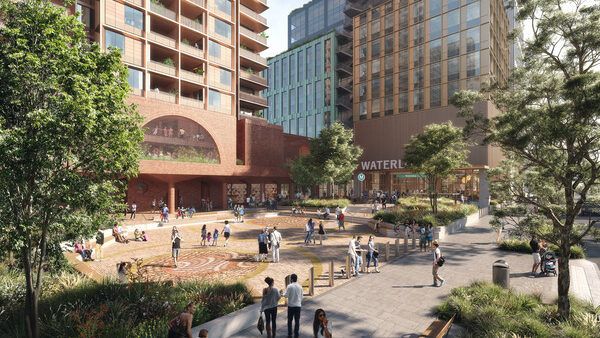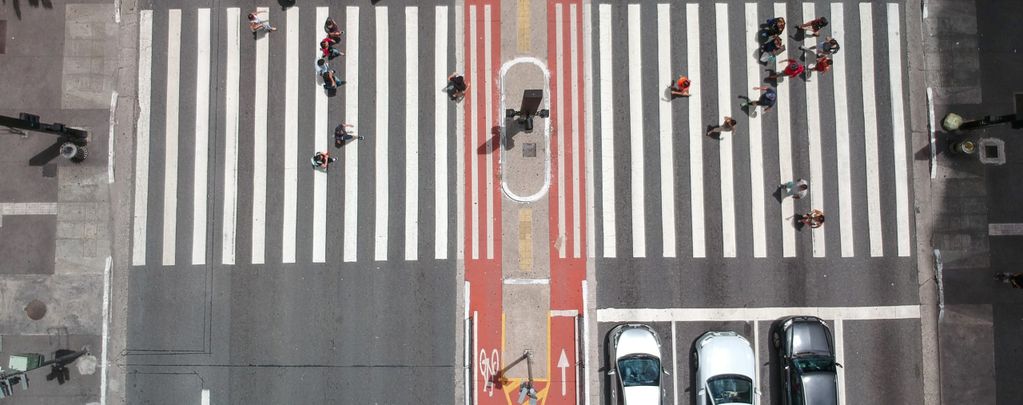
Back to Better Mobility: Move Better
Since the start of the coronavirus pandemic, cities all over the world have reported fewer traffic jams and road accidents. Instead, cities are moving to buildnew cycling lanes and to pedestrianise more streetswhich were once packed with cars.
We don’t want to go back from lockdown to gridlock. It’s time to give our city spaces back to people.
This is one of the reasons why UITP has launched a sector-wide campaign, ‘Back to Better Mobility’. As cities begin to rebuild in the aftermath of total lockdown, we must take this unique and historic opportunity to build back better with better mobility options, particularly for people in cities. Many of us have just gotten back our freedom to move around and safely travel; let’s not surrender that freedom to move by going back to our private cars.
A future without public transport is a future where active travel and free movement in cities will be limited, congested and even dangerous.
Public transport enables a healthier, more active lifestyle in cities. Active travel and public transport are complementary and mutually beneficial, support to one being likely to induce an increase in the modal share of the other. This is the key argument of the UITP Policy Brief, Unlocking the health benefits of mobility.
Most public transport journeys involve a walk to and from the public transport station compared with the much more sedentary experience of travelling by car.
However, there needs to be a safe and accessible walking and cycling option in cities which involves careful coordination and planning.
Road traffic accidents are the 10th leading cause of death globally, responsible for around 1.2 million deaths each year, costing governments up to 3% of their GDP. Furthermore, around 50 million people are injured on the world’s roads every year.
As recognised by SDG 11.2, access to a safe and sustainable urban transport system for all is critical for better cities and improving road safety. You can read more about this in our joint report between UITP and ICLEI (Local Governments for Sustainability) here.
It is high time we stopped accepting so many untimely deaths and reclaim the space to move around our cities safely and easily.
Check out our dedicated Back to Better Mobility website for more information and to get involved. The future is in your hands!
Read more about how to ensure the success of your pedestrian zones in our Policy Brief here!
become a member


